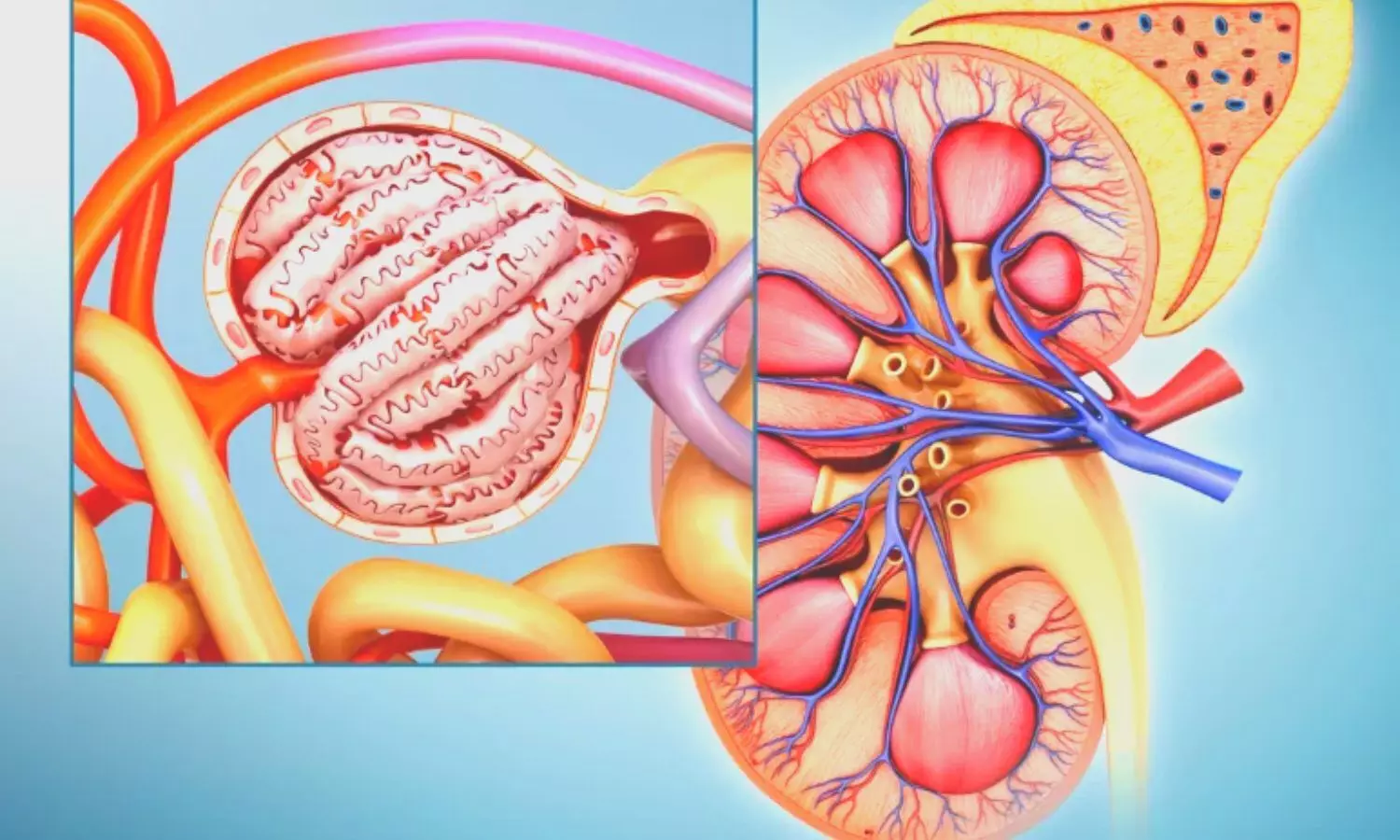Smoking cannabis associated with increased risk of heart attack, stroke

Frequent cannabis smoking may significantly increase a person’s risk for heart attack and stroke, according to an observational study supported by the National Institutes of Health. The study, published in the Journal of the American Heart Association, uses data from nearly 435,000 American adults, and is among the largest ever to explore the relationship between cannabis and cardiovascular events.
The study, funded by the National Heart, Lung, and Blood Institute (NHLBI), part of NIH, found that daily use of cannabis-predominately through smokingwas associated with a 25% increased likelihood of heart attack and a 42% increased likelihood of stroke when compared to non-use of the drug. Less frequent use was also associated with an increased risk of cardiovascular events. Weekly users showed a 3% increased likelihood of heart attack and a 5% increased likelihood of stroke.
Around 75% of the study respondents reported that they mainly used cannabis by smoking the drug. Approximately 25% of the respondents reported using cannabis by some method other than smoking, such as vaping, drinking, or eating the drug.
“We know that toxins are released when cannabis is burned, similar to those found in tobacco smoke,” said corresponding author Abra Jeffers, Ph.D., a data analyst at Massachusetts General Hospital in Boston and formerly a researcher at the Center for Tobacco Control Research and Education at the University of California, San Francisco, where she conducted the study as part of her postdoctoral work.
“We’ve known for a long time that smoking tobacco is linked to heart disease, and this study is evidence that smoking cannabis appears to also be a risk factor for cardiovascular disease, which is the leading cause of death in the United States,” Jeffers said. “Cannabis use could be an important, underappreciated source of heart disease.”
Researchers note that while the exact mechanisms linking cannabis to heart disease are unclear and were not explored in the current study, multiple factors could play a role. In addition to toxins, endocannabinoid receptors — the part of cells responsible for recognizing tetrahydrocannabinol (THC), the main psychoactive ingredient in cannabis — are widespread in the body’s cardiovascular tissues and might facilitate heart risks.
Cannabis consumption has increased significantly within the past 20 years nationwide as negative perceptions of its use have declined, according to government surveys of drug use and health. In the United States, cannabis is now legal in 38 states for medicinal use and in 24 states for recreational use. Some studies have linked its regular use to impaired brain development and lung damage, as well as to certain cardiovascular diseases. However, there are gaps in knowledge about the adverse effect of cannabis on the heart.
To look more closely at associations between cannabis use and health, Jeffers and her research team used 2016–2020 data from the Behavioral Risk Factor Surveillance Survey of the Centers for Disease Control and Prevention. The national cross-sectional survey, performed annually by the CDC, included 434,104 adults ages 18-74 from 27 U.S. states and 2 territories. Most of the respondents were white (60%), while about 12% were Black, 19% Hispanic, and 9% other race/ethnicity.
The researchers evaluated the association of cannabis smoking (the number of days participants said they smoked the drug in the past 30 days) with self-reported cardiovascular outcomes, including coronary heart disease, heart attack, stroke, and a composite measure of all three. They adjusted for the participants’ use of tobacco and other characteristics, including their age, sex, race, body mass index or BMI, obesity, diabetes, physical activity levels, and socioeconomic status.
“This is an important public health finding, particularly given our ongoing efforts to reduce the burden of heart disease in this country,” said David C. Goff, M.D., Ph.D., director of the NHLBI’s Division of Cardiovascular Sciences.
“Asking patients about their cannabis use during routine medical exams or physicals in much the same way they might be asked about tobacco use will help us learn more about the long term effect of marijuana on the body,” Jeffers said.
Reference:
Abra M. Jeffers, Stanton Glantz, Amy L. Byers and Salomeh Keyhani, Association of Cannabis Use With Cardiovascular Outcomes Among US Adults, Journal of the American Heart Association, https://doi.org/10.1161/JAHA.123.030178.
Powered by WPeMatico













